Hossein Nejati
Neural Correlates of Face Familiarity Perception
Jul 31, 2022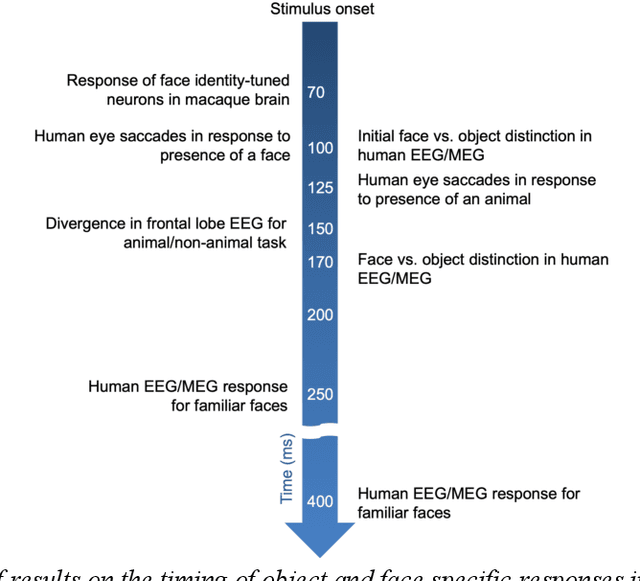
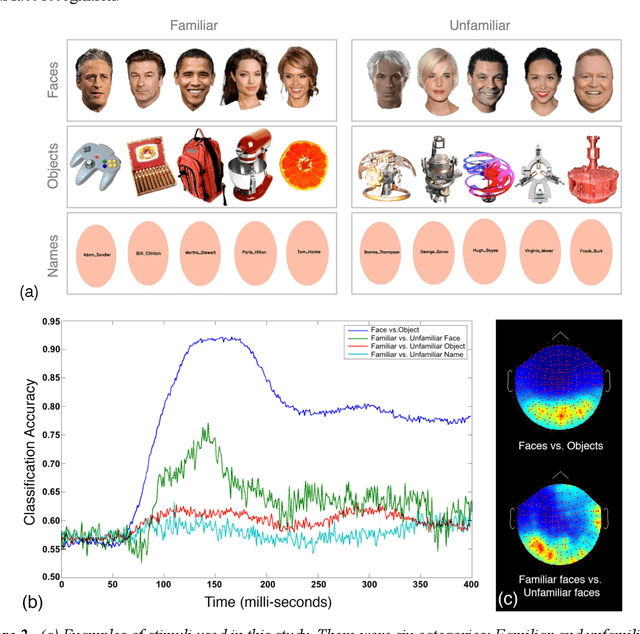
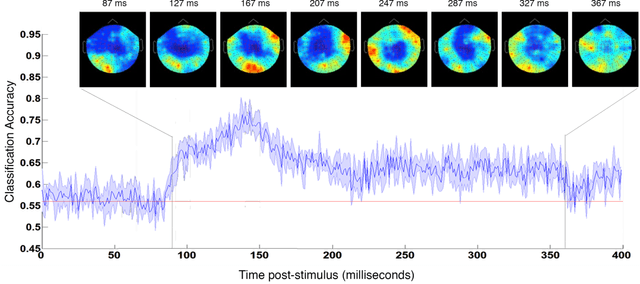
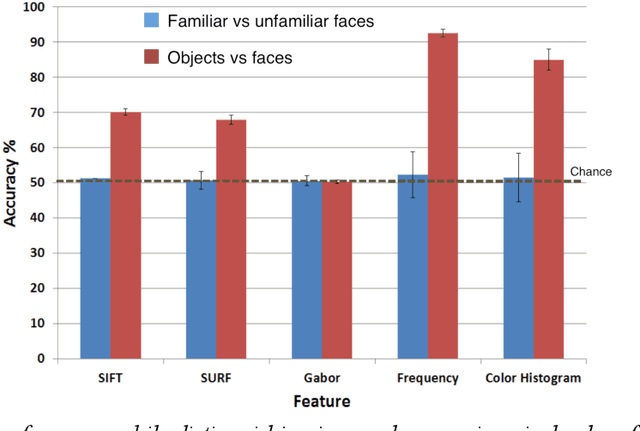
Abstract:In the domain of face recognition, there exists a puzzling timing discrepancy between results from macaque neurophysiology on the one hand and human electrophysiology on the other. Single unit recordings in macaques have demonstrated face identity specific responses in extra-striate visual cortex within 100 milliseconds of stimulus onset. In EEG and MEG experiments with humans, however, a consistent distinction between neural activity corresponding to unfamiliar and familiar faces has been reported to emerge around 250 ms. This points to the possibility that there may be a hitherto undiscovered early correlate of face familiarity perception in human electrophysiological traces. We report here a successful search for such a correlate in dense MEG recordings using pattern classification techniques. Our analyses reveal markers of face familiarity as early as 85 ms after stimulus onset. Low-level attributes of the images, such as luminance and color distributions, are unable to account for this early emerging response difference. These results help reconcile human and macaque data, and provide clues regarding neural mechanisms underlying familiar face perception.
Fine-grained wound tissue analysis using deep neural network
Feb 28, 2018

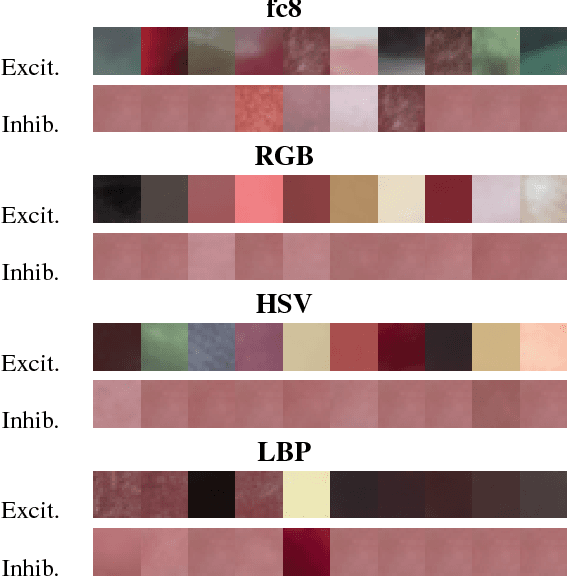
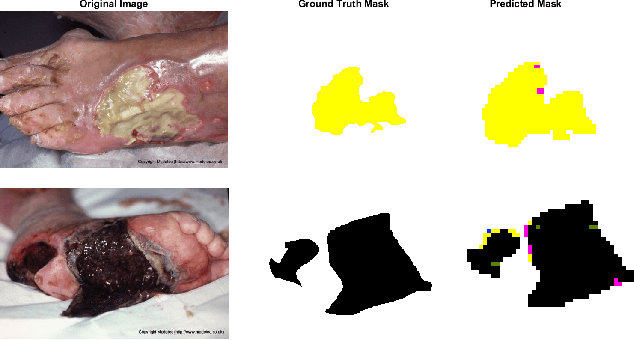
Abstract:Tissue assessment for chronic wounds is the basis of wound grading and selection of treatment approaches. While several image processing approaches have been proposed for automatic wound tissue analysis, there has been a shortcoming in these approaches for clinical practices. In particular, seemingly, all previous approaches have assumed only 3 tissue types in the chronic wounds, while these wounds commonly exhibit 7 distinct tissue types that presence of each one changes the treatment procedure. In this paper, for the first time, we investigate the classification of 7 wound issue types. We work with wound professionals to build a new database of 7 types of wound tissue. We propose to use pre-trained deep neural networks for feature extraction and classification at the patch-level. We perform experiments to demonstrate that our approach outperforms other state-of-the-art. We will make our database publicly available to facilitate research in wound assessment.
Aircraft Fuselage Defect Detection using Deep Neural Networks
Dec 26, 2017
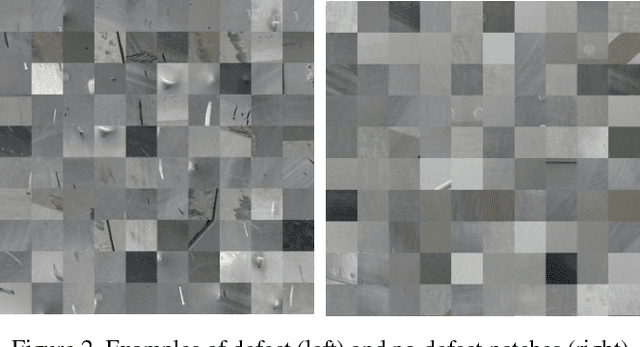
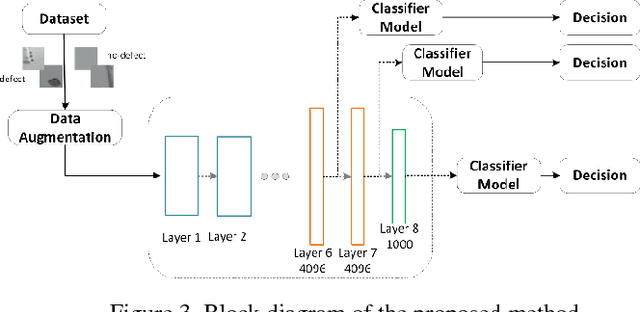

Abstract:To ensure flight safety of aircraft structures, it is necessary to have regular maintenance using visual and nondestructive inspection (NDI) methods. In this paper, we propose an automatic image-based aircraft defect detection using Deep Neural Networks (DNNs). To the best of our knowledge, this is the first work for aircraft defect detection using DNNs. We perform a comprehensive evaluation of state-of-the-art feature descriptors and show that the best performance is achieved by vgg-f DNN as feature extractor with a linear SVM classifier. To reduce the processing time, we propose to apply SURF key point detector to identify defect patch candidates. Our experiment results suggest that we can achieve over 96% accuracy at around 15s processing time for a high-resolution (20-megapixel) image on a laptop.
Deep neural networks on graph signals for brain imaging analysis
May 13, 2017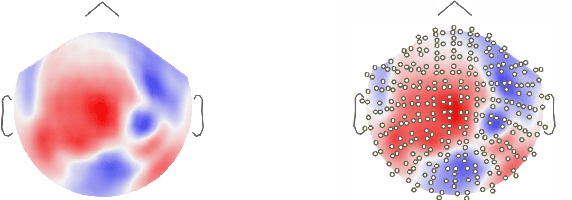
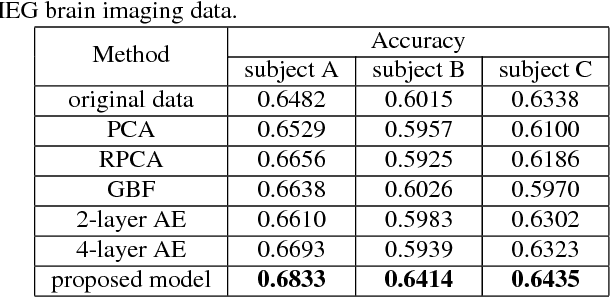
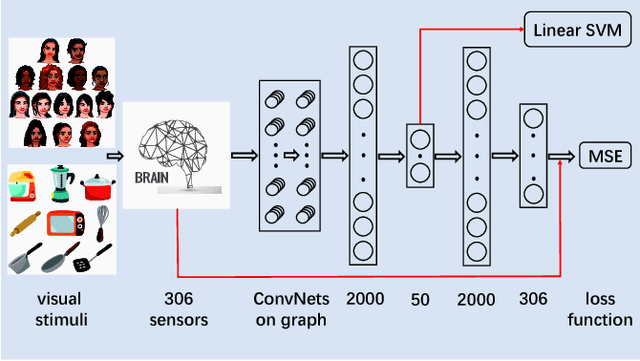

Abstract:Brain imaging data such as EEG or MEG are high-dimensional spatiotemporal data often degraded by complex, non-Gaussian noise. For reliable analysis of brain imaging data, it is important to extract discriminative, low-dimensional intrinsic representation of the recorded data. This work proposes a new method to learn the low-dimensional representations from the noise-degraded measurements. In particular, our work proposes a new deep neural network design that integrates graph information such as brain connectivity with fully-connected layers. Our work leverages efficient graph filter design using Chebyshev polynomial and recent work on convolutional nets on graph-structured data. Our approach exploits graph structure as the prior side information, localized graph filter for feature extraction and neural networks for high capacity learning. Experiments on real MEG datasets show that our approach can extract more discriminative representations, leading to improved accuracy in a supervised classification task.
Simultaneous Low-rank Component and Graph Estimation for High-dimensional Graph Signals: Application to Brain Imaging
Jan 09, 2017
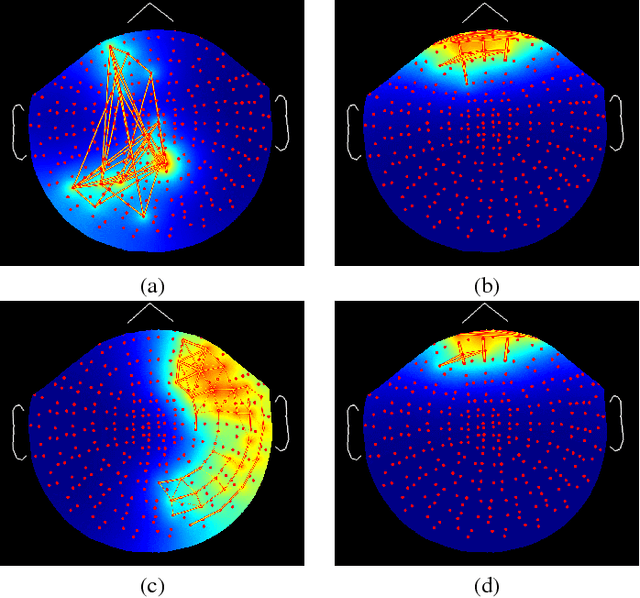


Abstract:We propose an algorithm to uncover the intrinsic low-rank component of a high-dimensional, graph-smooth and grossly-corrupted dataset, under the situations that the underlying graph is unknown. Based on a model with a low-rank component plus a sparse perturbation, and an initial graph estimation, our proposed algorithm simultaneously learns the low-rank component and refines the graph. Our evaluations using synthetic and real brain imaging data in unsupervised and supervised classification tasks demonstrate encouraging performance.
Image-based Vehicle Analysis using Deep Neural Network: A Systematic Study
Aug 07, 2016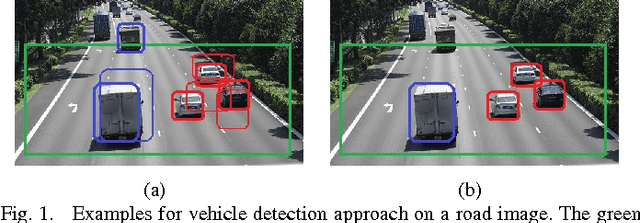
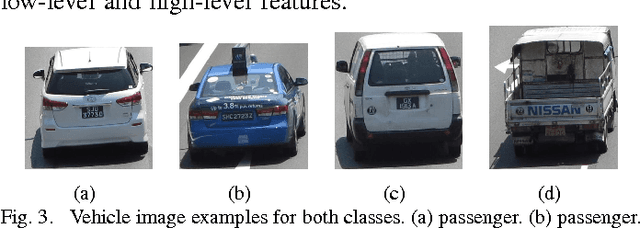
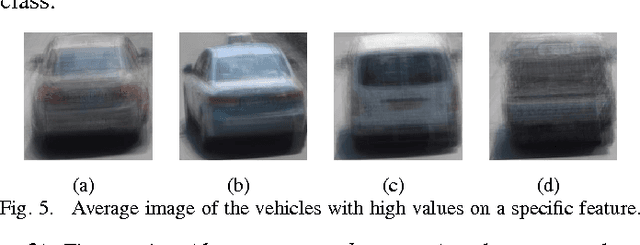

Abstract:We address the vehicle detection and classification problems using Deep Neural Networks (DNNs) approaches. Here we answer to questions that are specific to our application including how to utilize DNN for vehicle detection, what features are useful for vehicle classification, and how to extend a model trained on a limited size dataset, to the cases of extreme lighting condition. Answering these questions we propose our approach that outperforms state-of-the-art methods, and achieves promising results on image with extreme lighting conditions.
 Add to Chrome
Add to Chrome Add to Firefox
Add to Firefox Add to Edge
Add to Edge